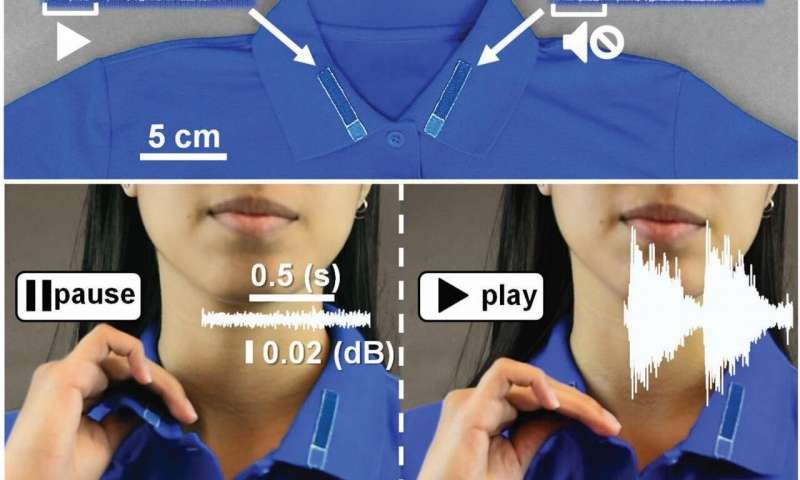A new friend in your wardrobe, perhaps an electronic polo, will help you turn on the lights in your house and start the music. In the meantime he will keep you cool, dry, trendy, clean and free from viruses. Not necessarily in that order.
Purdue University researchers have developed a revolutionary fabric that thanks to a technology called RF-TENG allows the wearer to control electronic devices through clothing.
“For the first time there is a technique capable of transforming clothes and fabrics into electronic fibers that power themselves. They will be able to incorporate sensors, music players or simple light indicators without long or expensive processes”. This is what Ramses Martinez, professor at the industrial engineering school of Purdue's College of Engineering, assures.
The new technology was presented in the latest issue of the journal Advanced Functional Materials.
“It is now possible to make clothes that protect against rain, stains and bacteria while using the energy produced by the wearer's body to power themselves,” says Martinez. “It's a revolution in the development of wearable interfaces, which can now be washed in the washing machine like any clothes."
The technology behind the invention
Omniphobic Triboelectric Nano Generators (RF-TENGs) – make use of simple embroidery and fluorinated molecules to incorporate small electronic components. RF-TENG technology allows you to have a remote control on you, and at the same time keep bacteria, dirt, water and stains away from the wearer.
“Fashion has evolved enormously over the past few centuries, but only today has it begun to incorporate high-efficiency devices. This is why there are still few examples of smart fabrics and smart clothes,” says Martinez. “Wearing clothes that can communicate with devices is the best and most natural approach to the revolution represented by the IoT, the internet of things.”
Purdue College's technical office has already patented the RF-TENG technology and now the researchers are waiting for financiers to complete the tests and market the first clothes.


